Louisville is the largest city in Kentucky, founded in 1788 and named after King Louis XVI. In the 19th century, Louisville became a vital frontier and trading unit; the rapid industrial development helped the city to secure its position. During the American Civil War, the town served as a military headquarters and a Major Union supply depot, which kept Kentucky firmly in the Union. In the 1880s, the Louisville and Nashville Railroad was extended to Jacksonville, Florida.
The 20th century marked another face for the growth of Louisville. Throughout the 20th century, the art culture flourished in Louisville. The Speed Art Museum and Louisville Orchestra were founded. Several new industries were built during World War II, including synthetic rubber, paint aluminum item, appliances, and printed matter. However, the war affected the economy and development of the city since it became the war production center that led to massive losses of property and life. However, the city recovered its prosperity and development in the late 20th century.
Here below are some fascinating historical photos of Old Louisville from the 20th century that show street scenes, roads, landmarks, cityscapes, and everyday life.


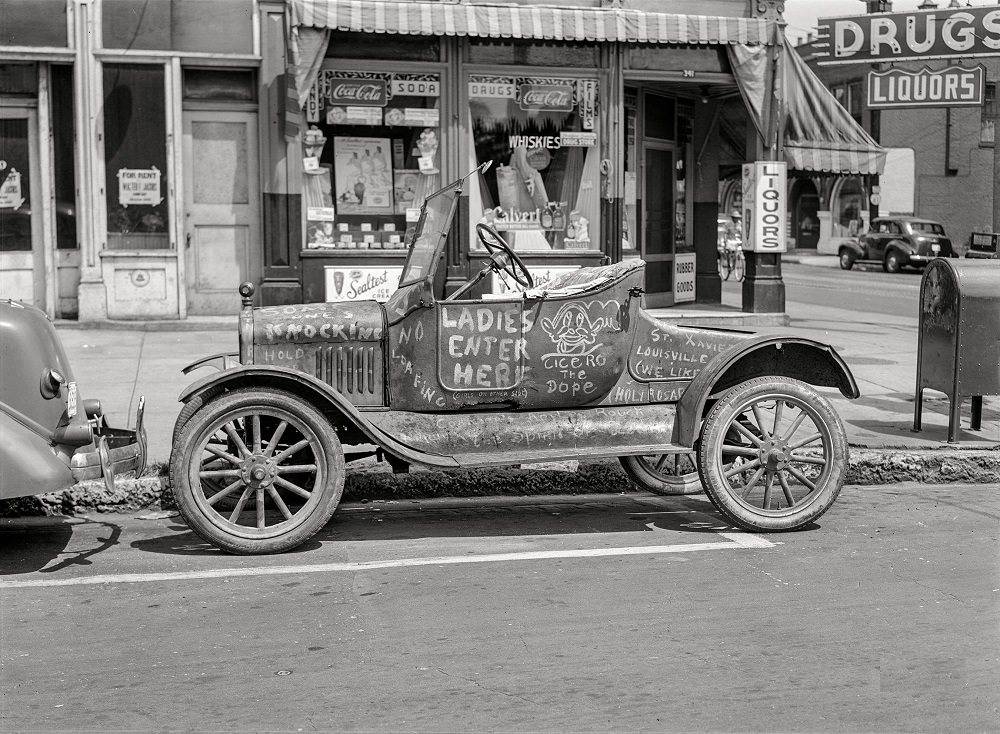
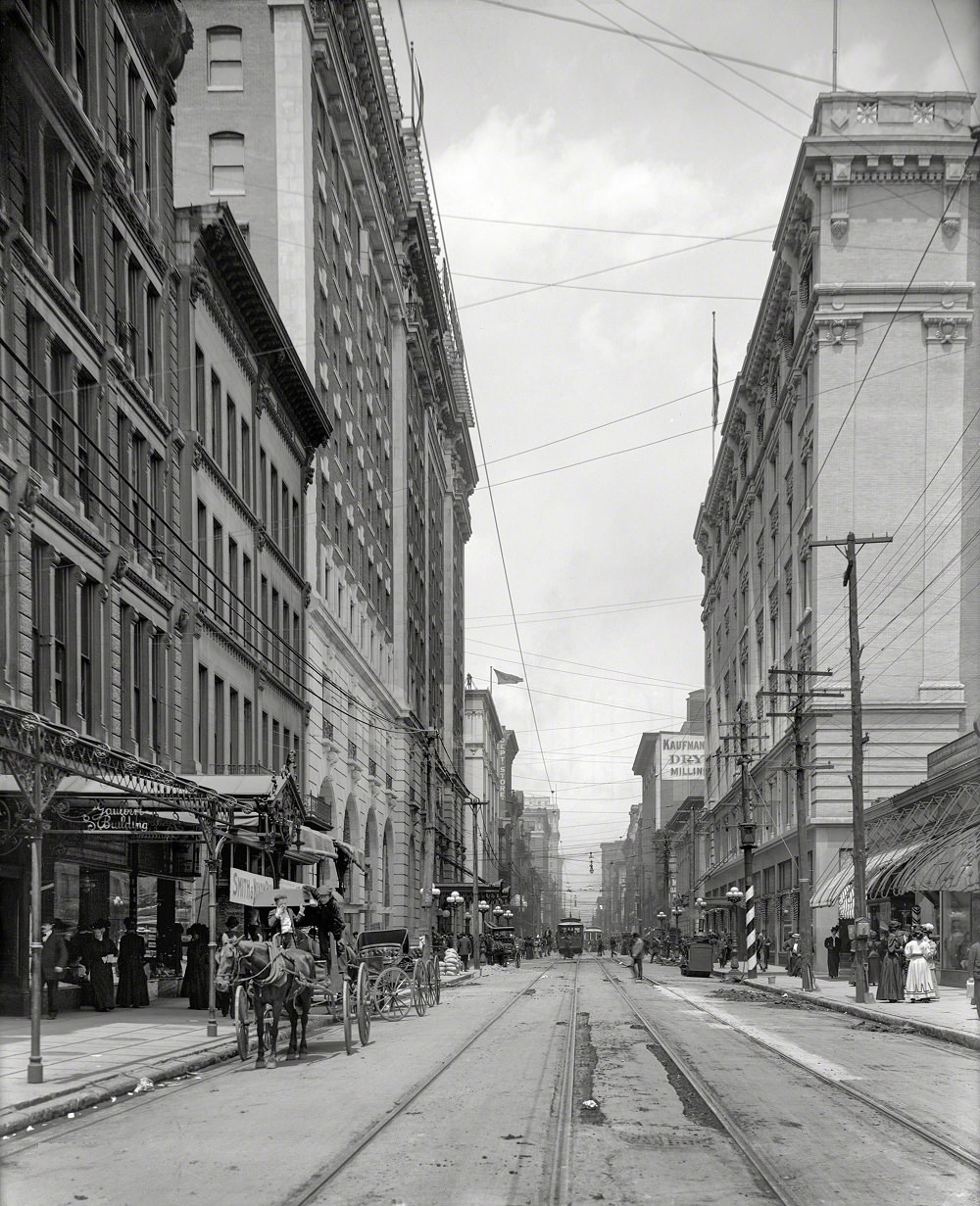
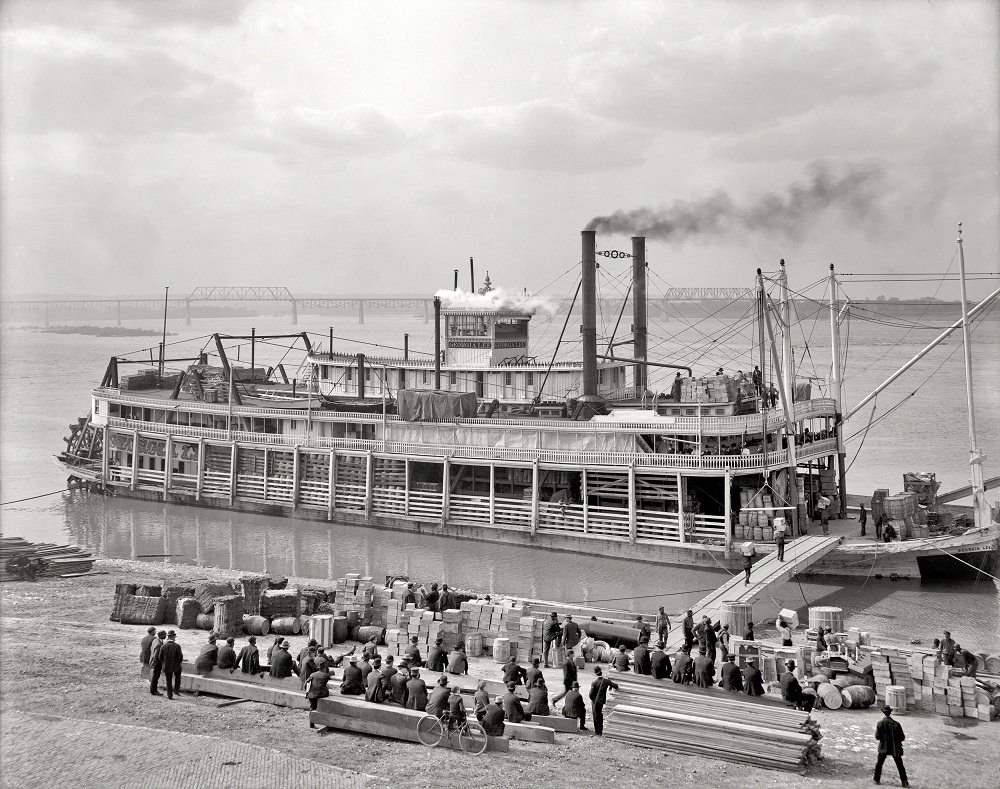
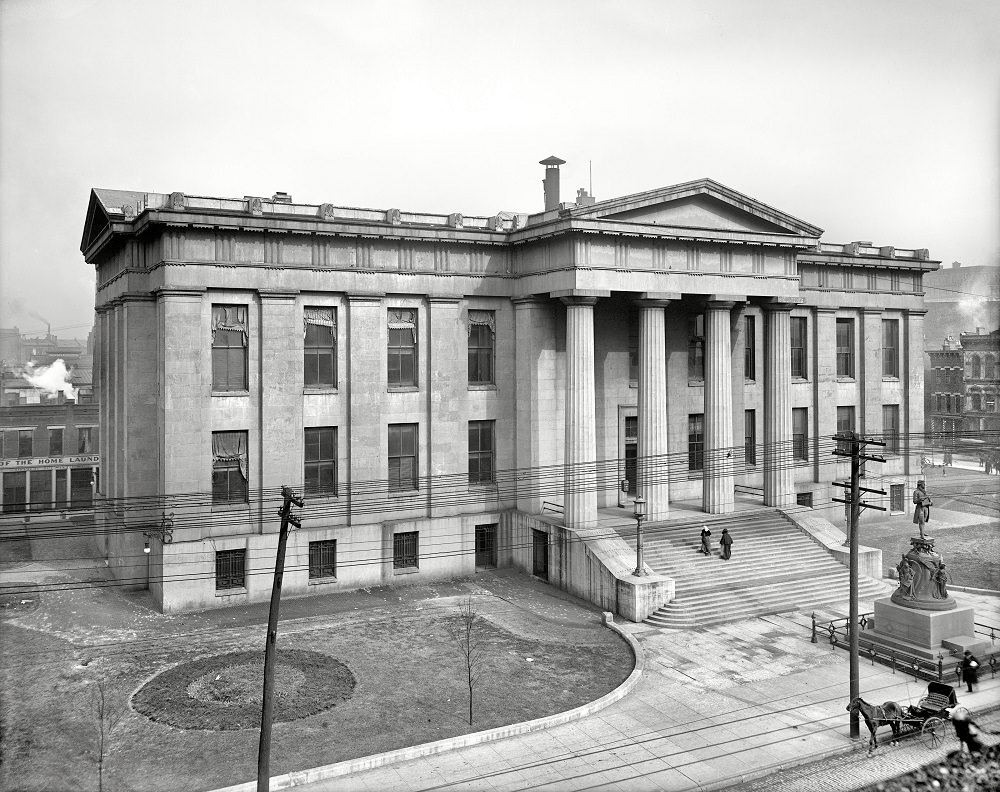
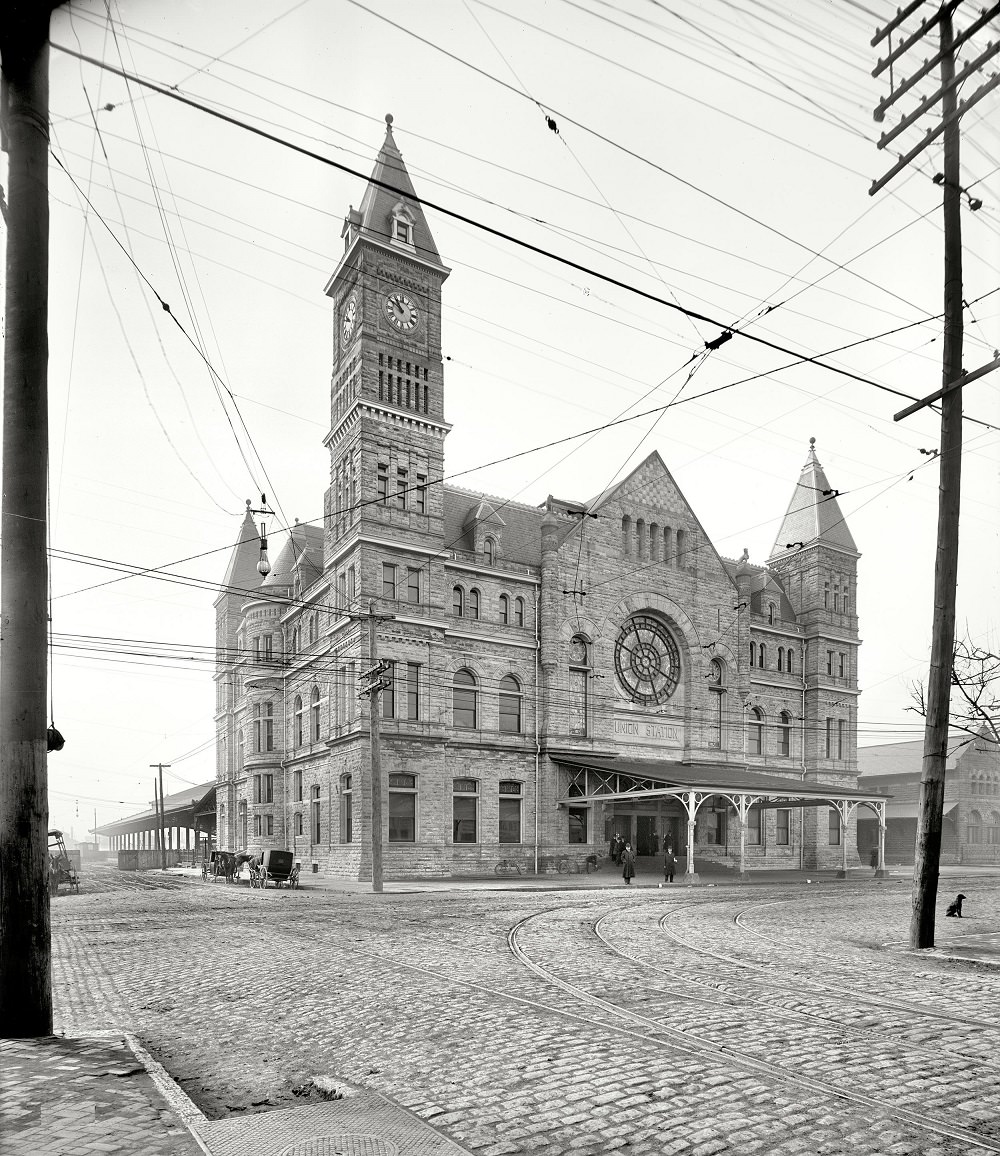
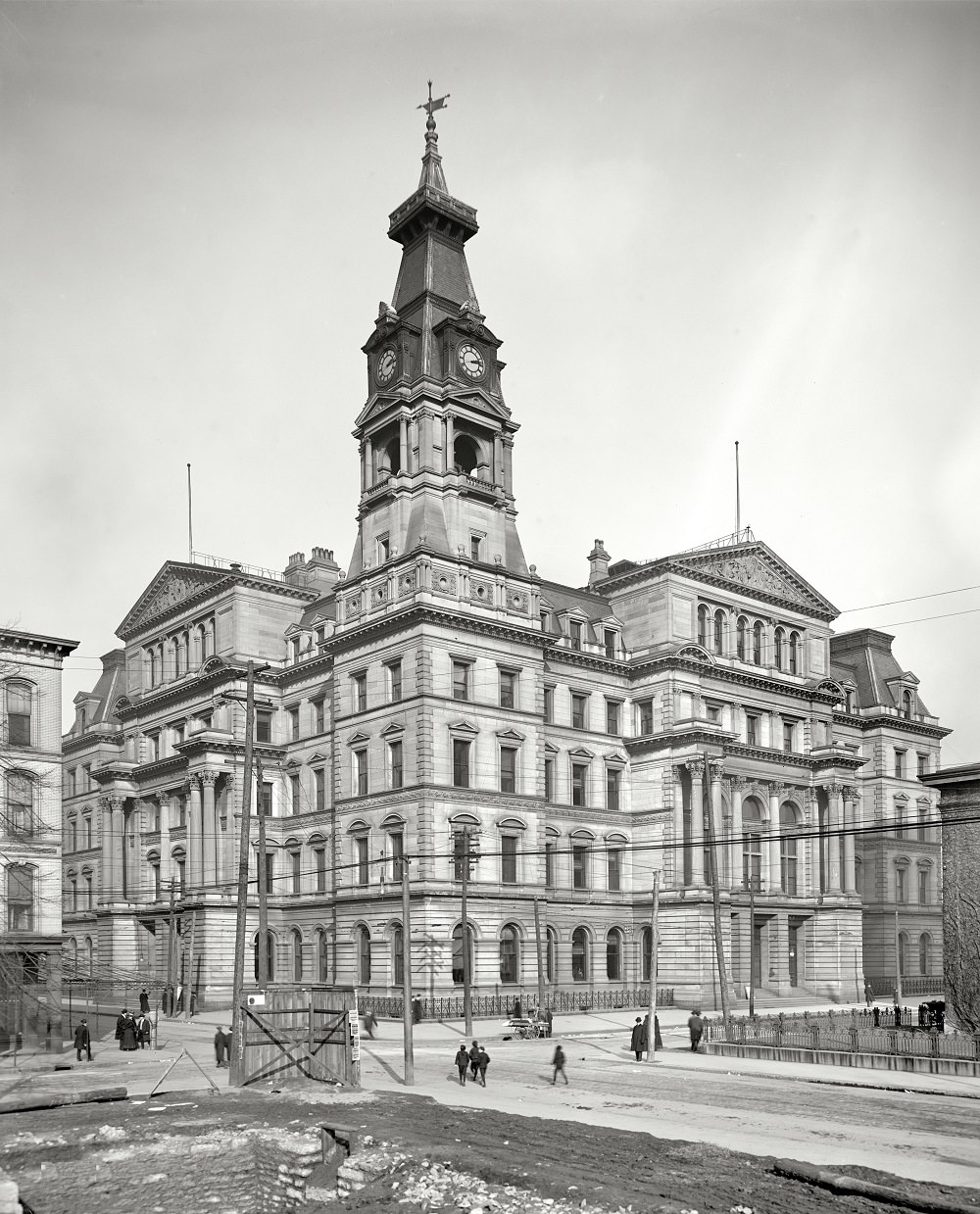
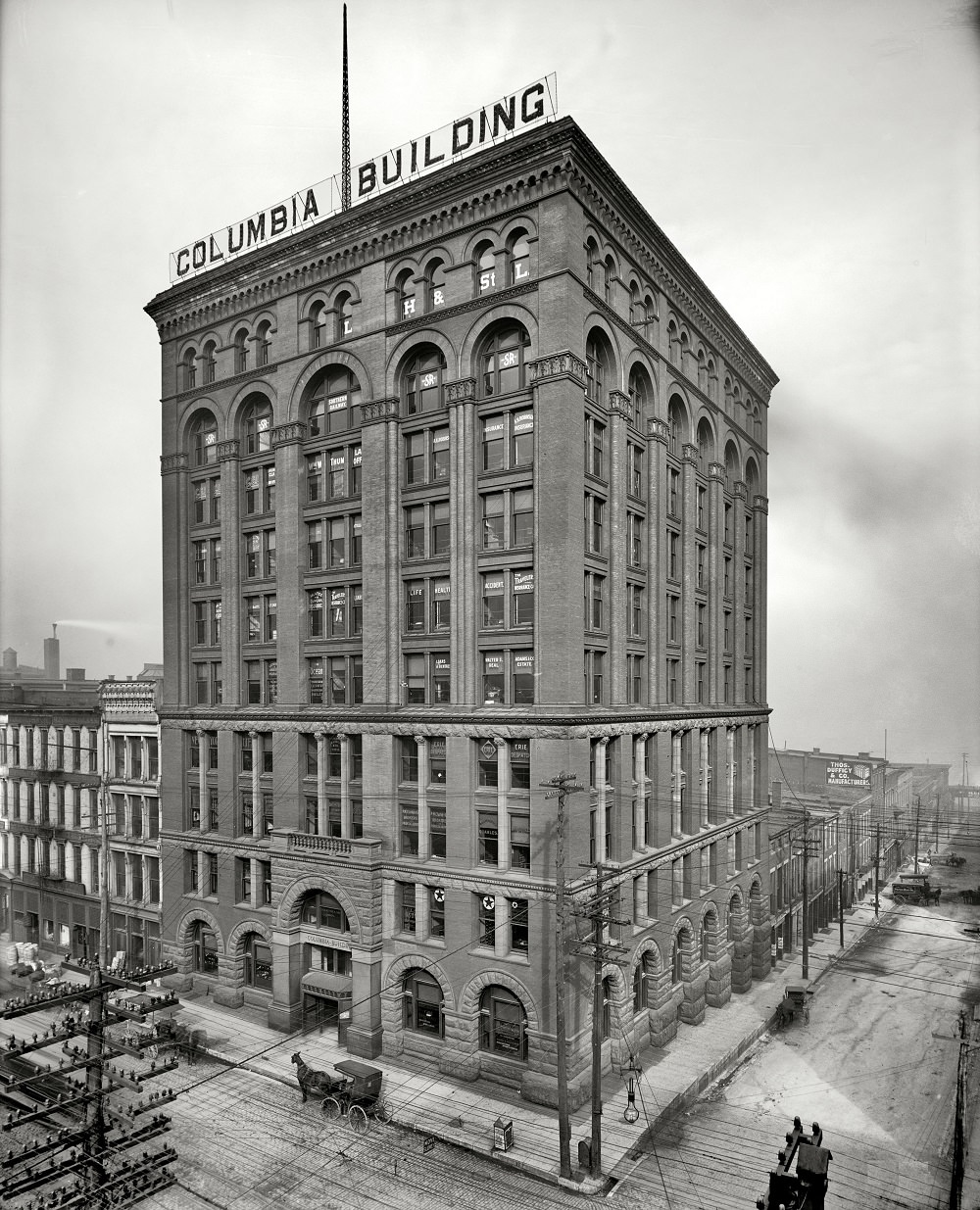
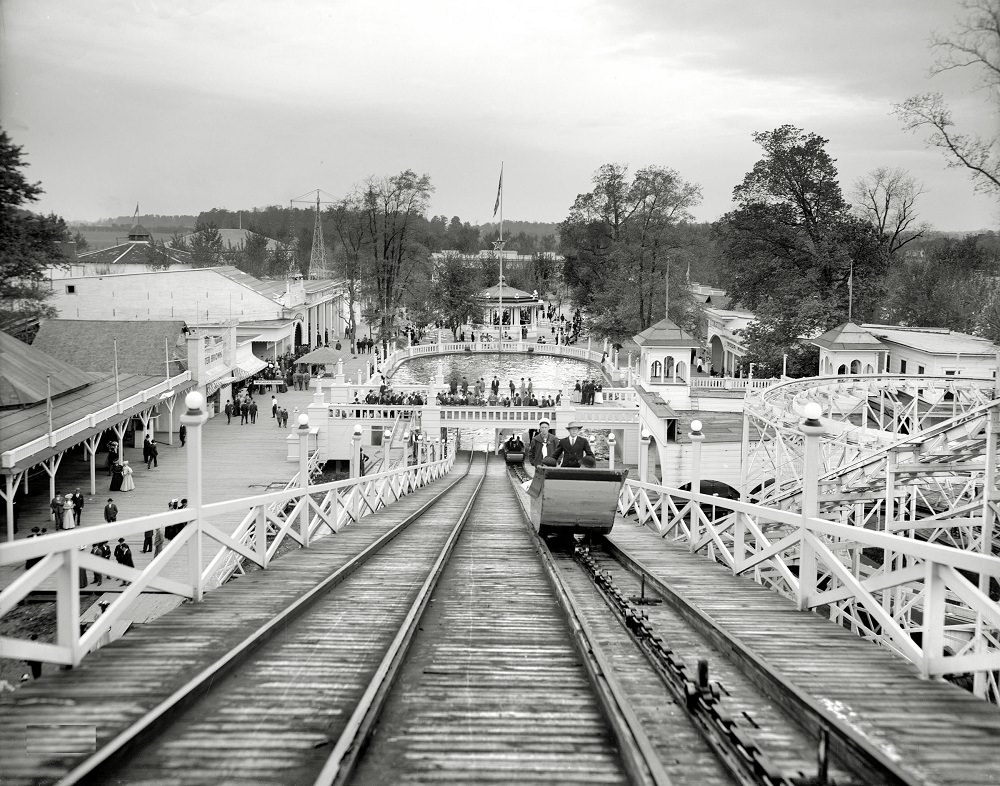
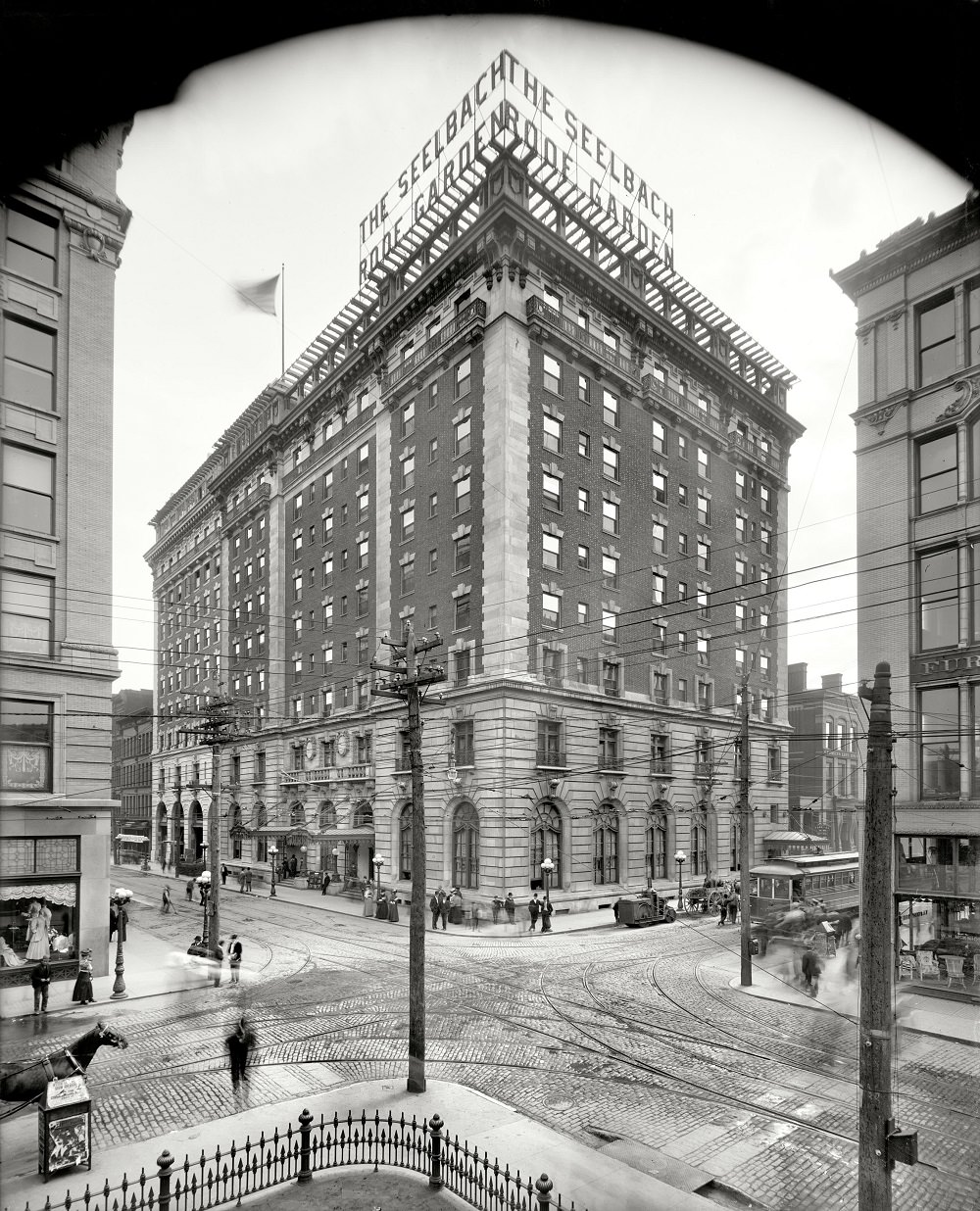
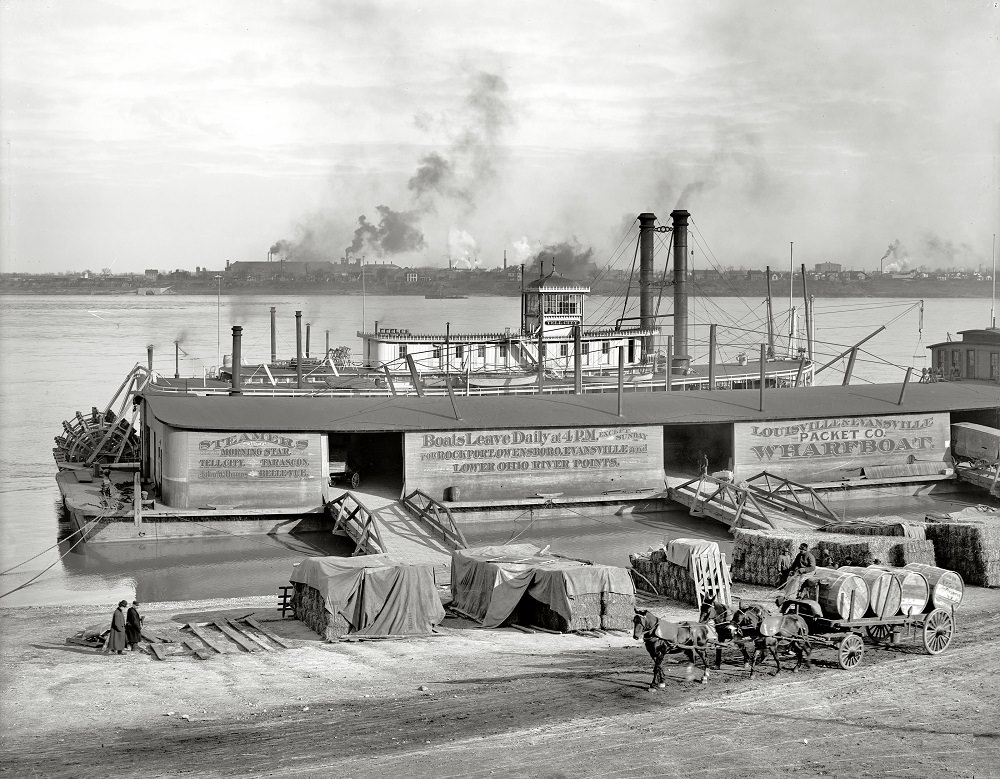
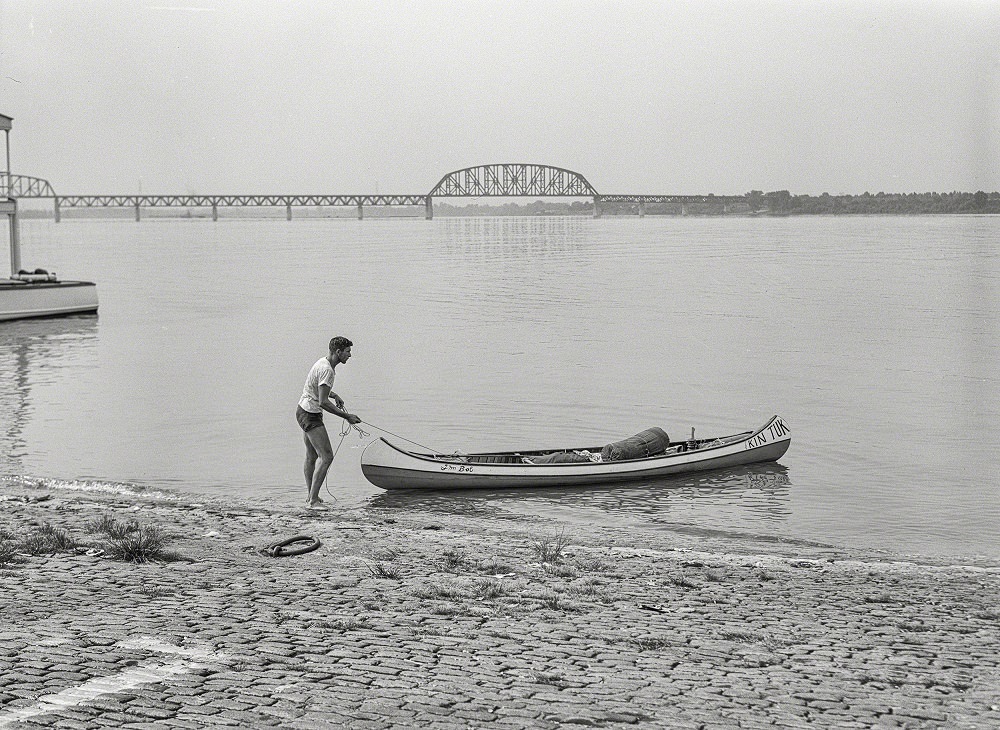
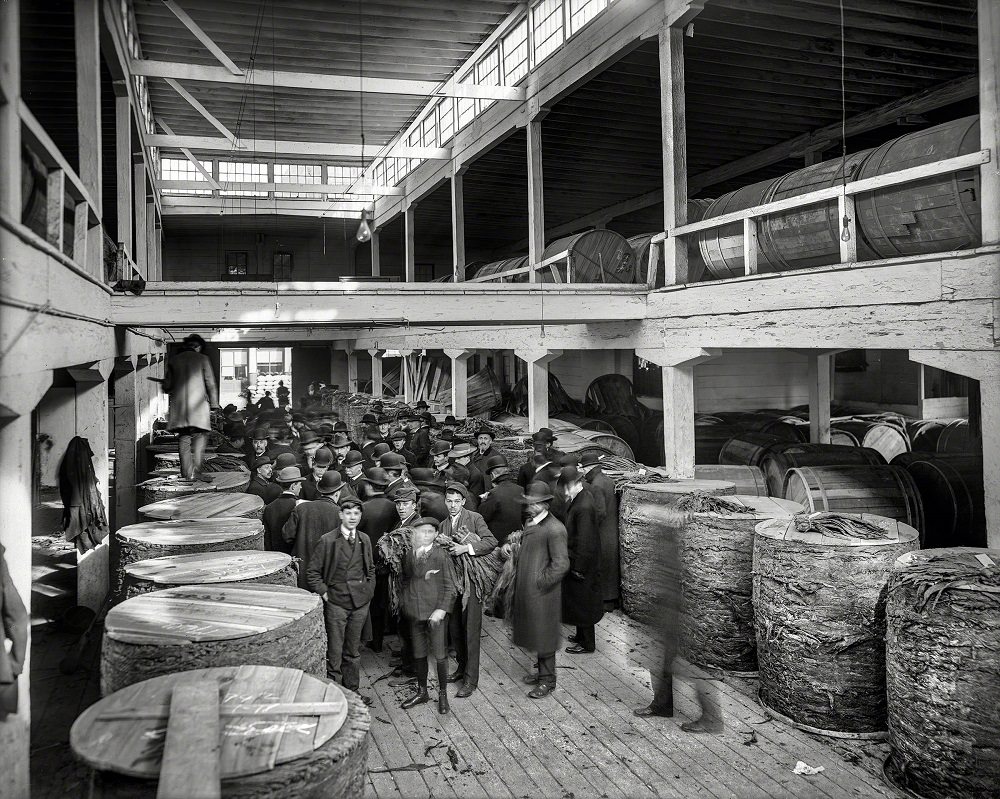
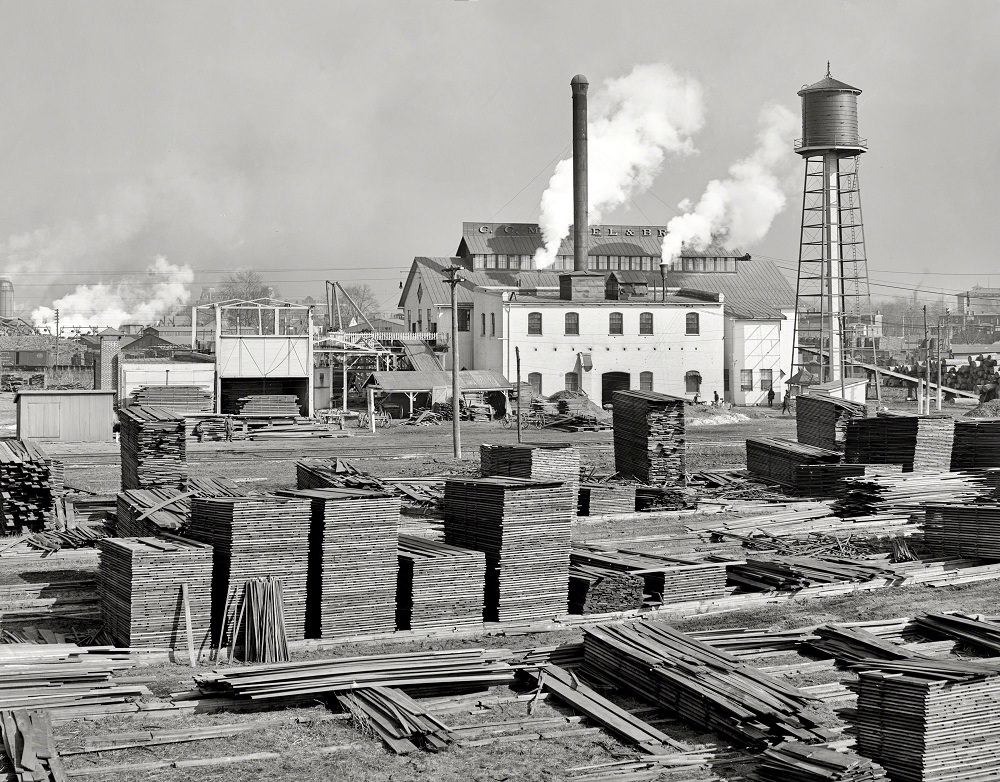
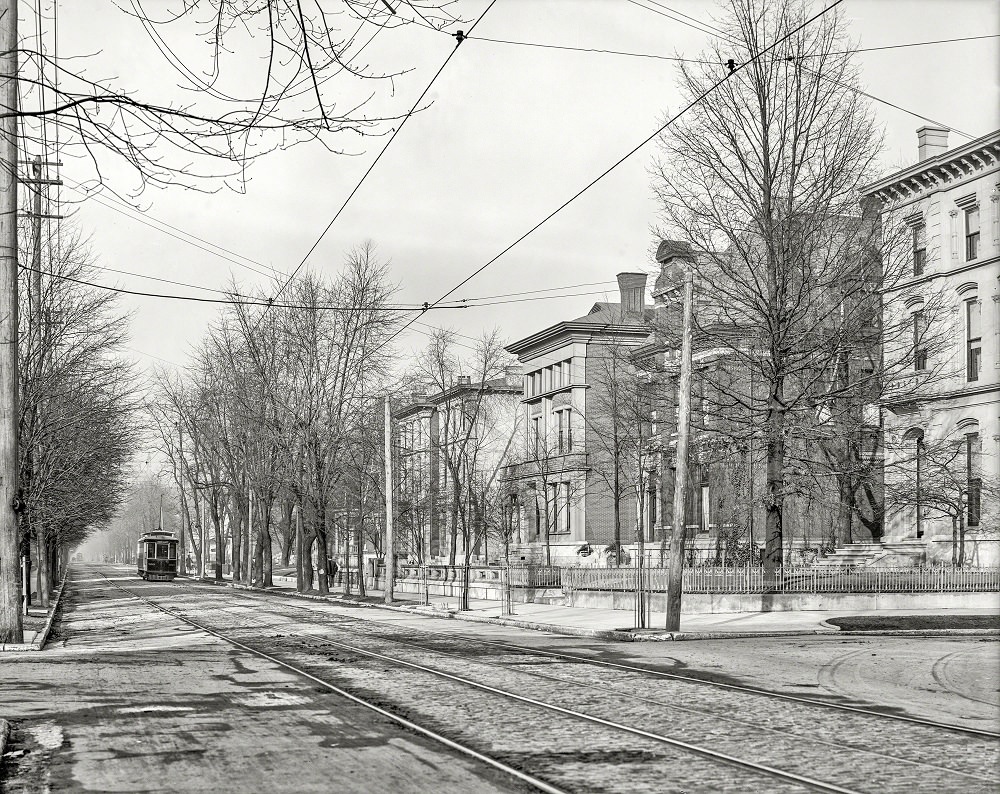
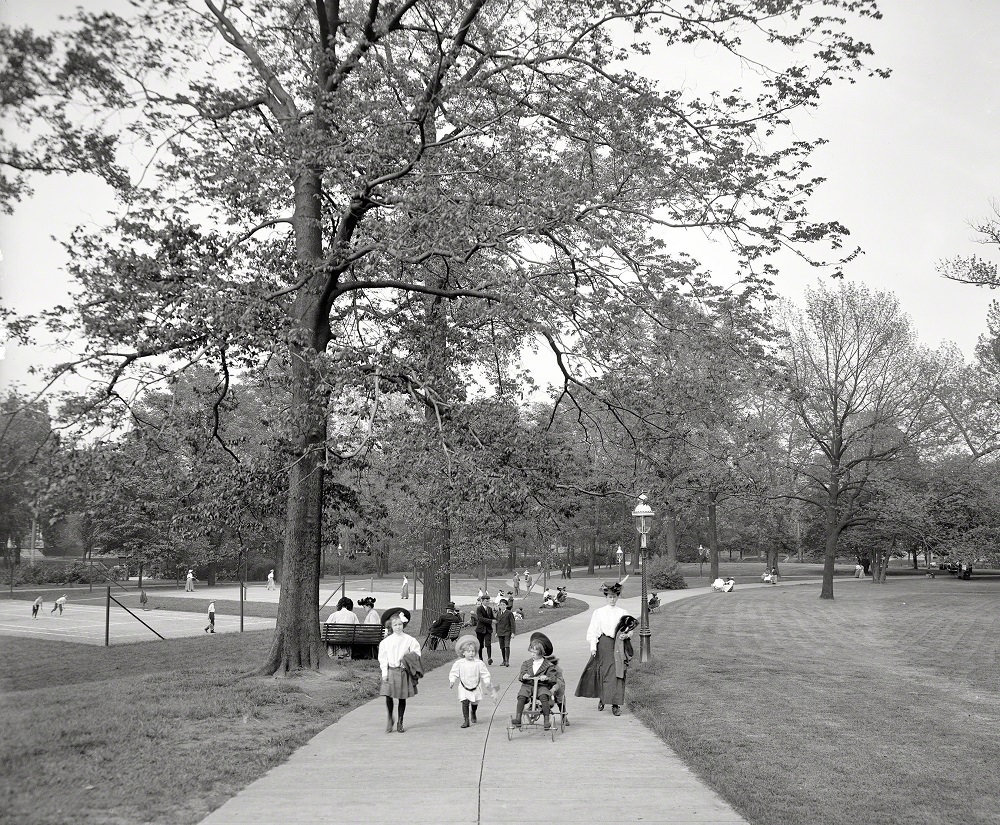
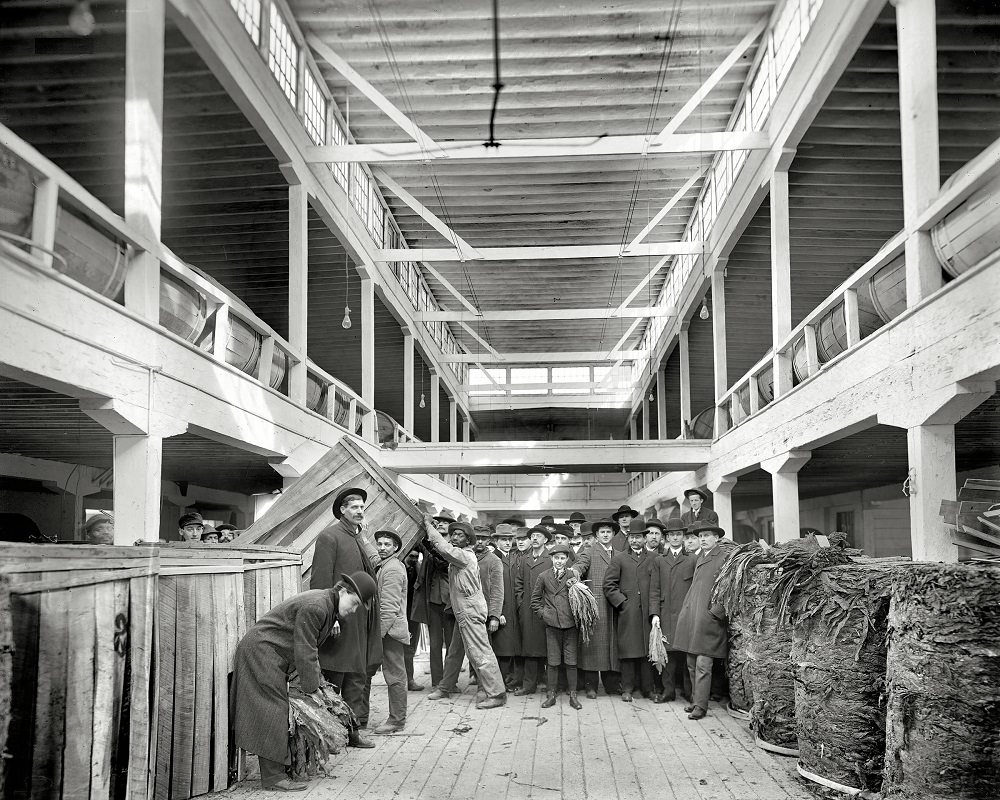
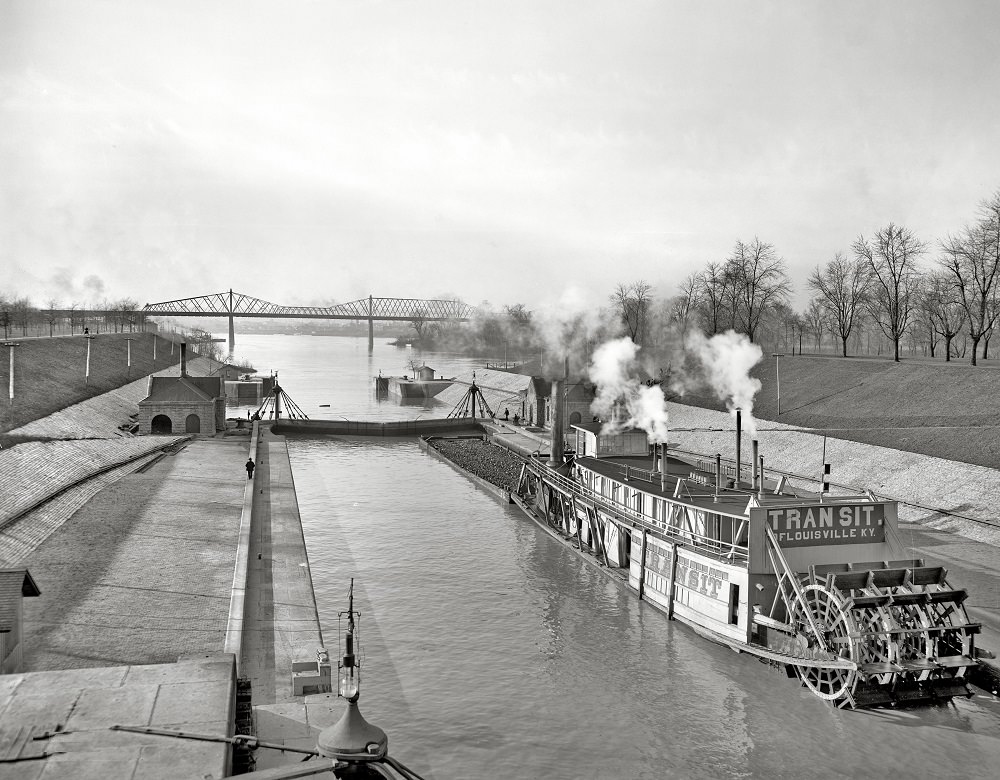
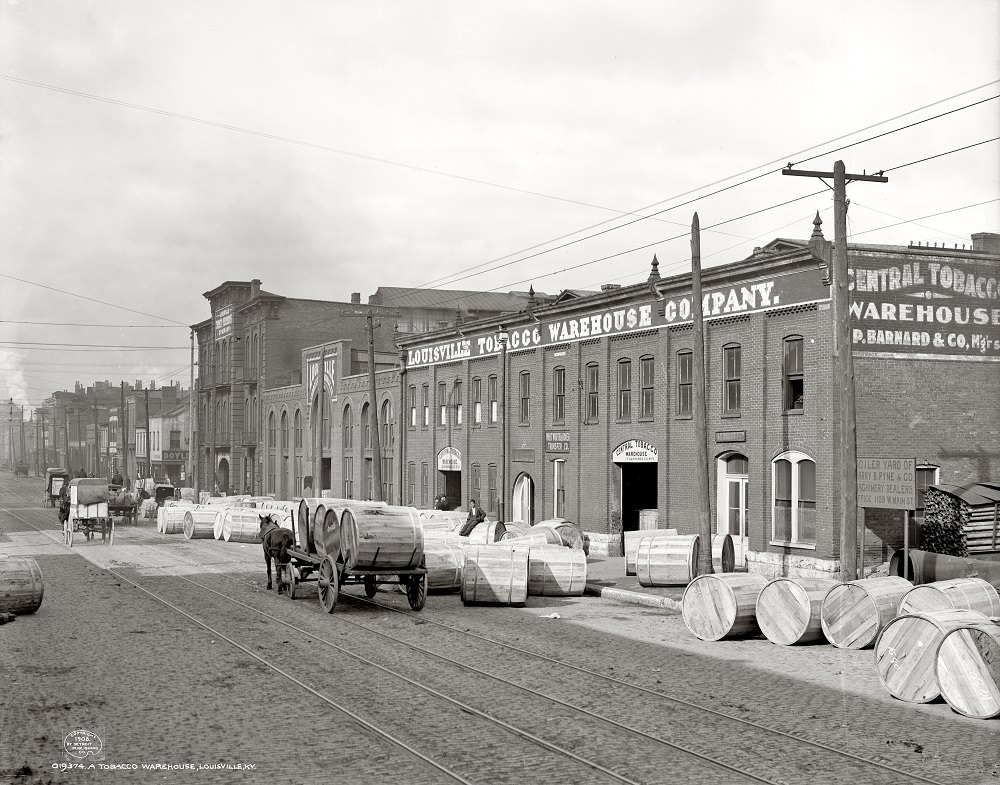
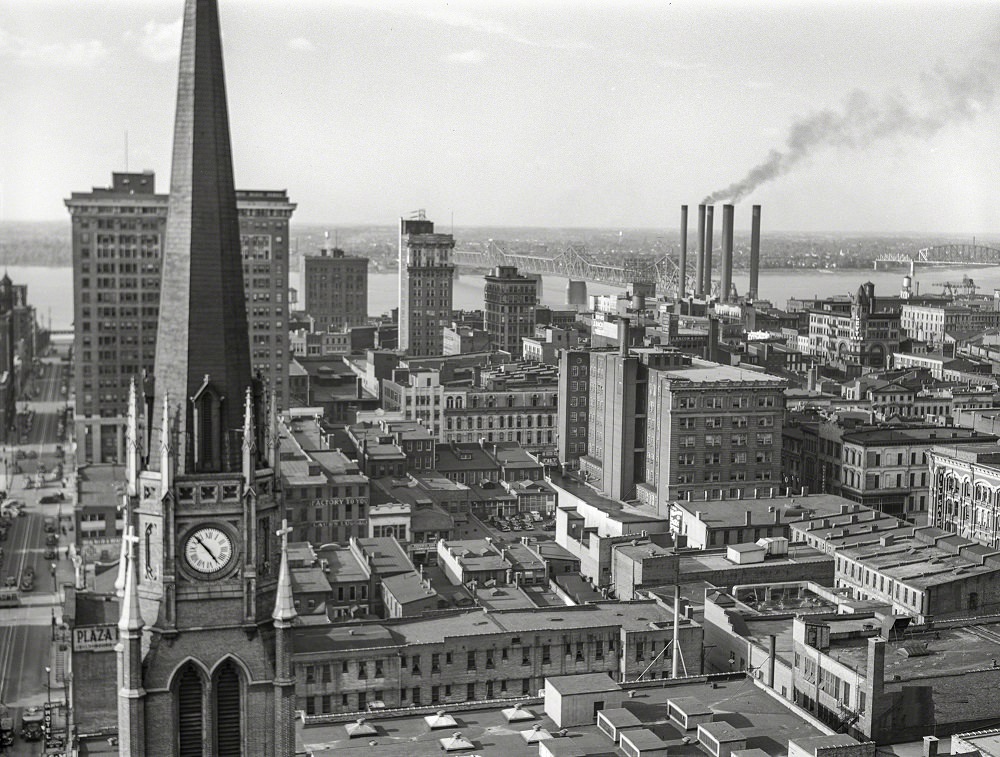
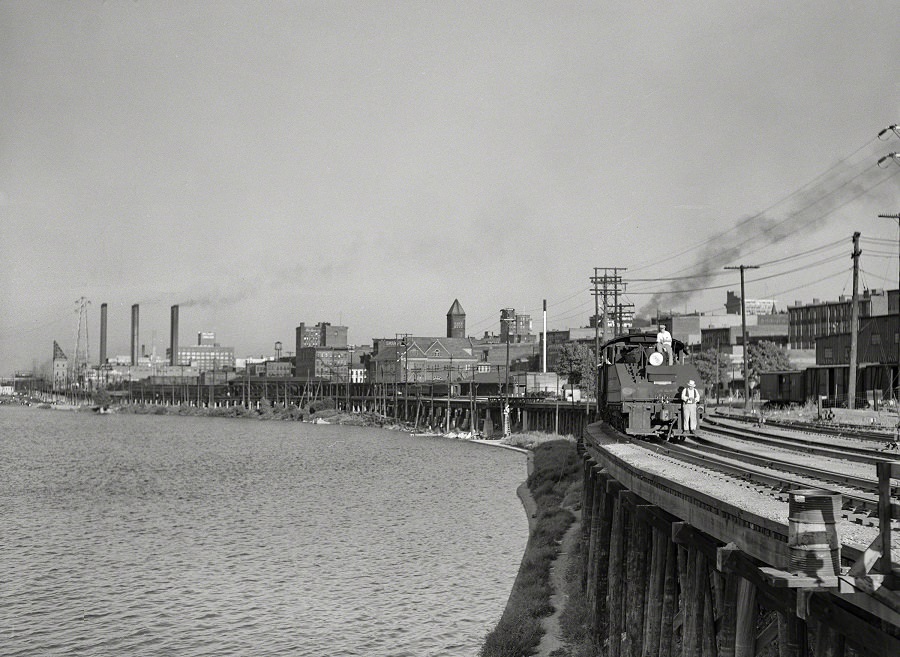
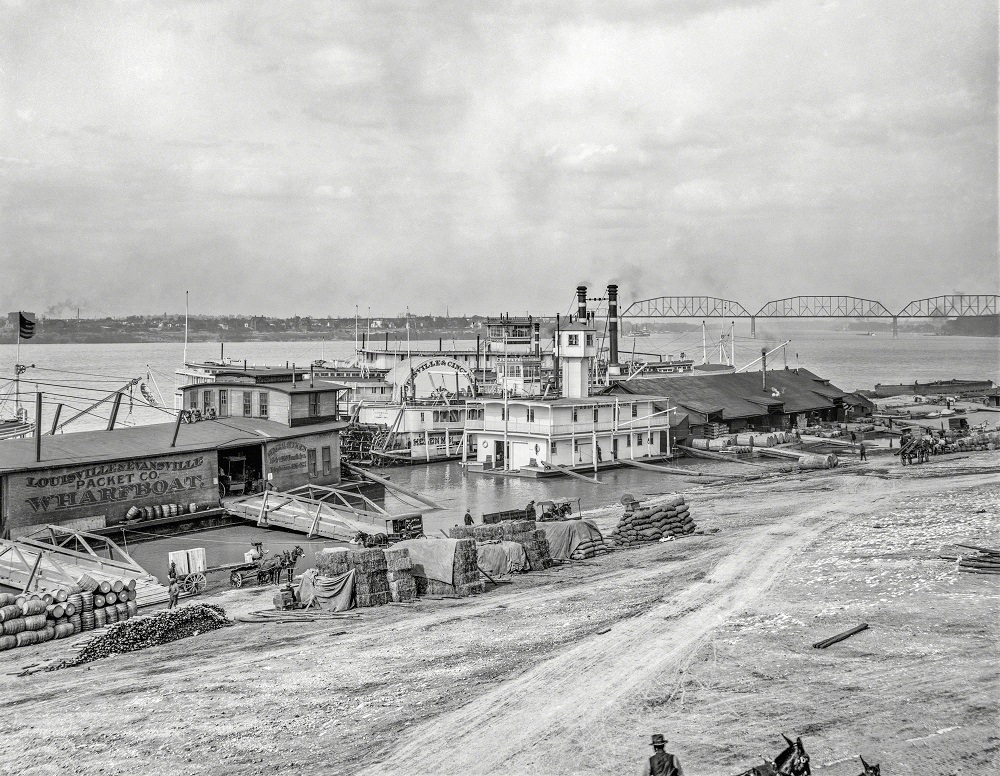
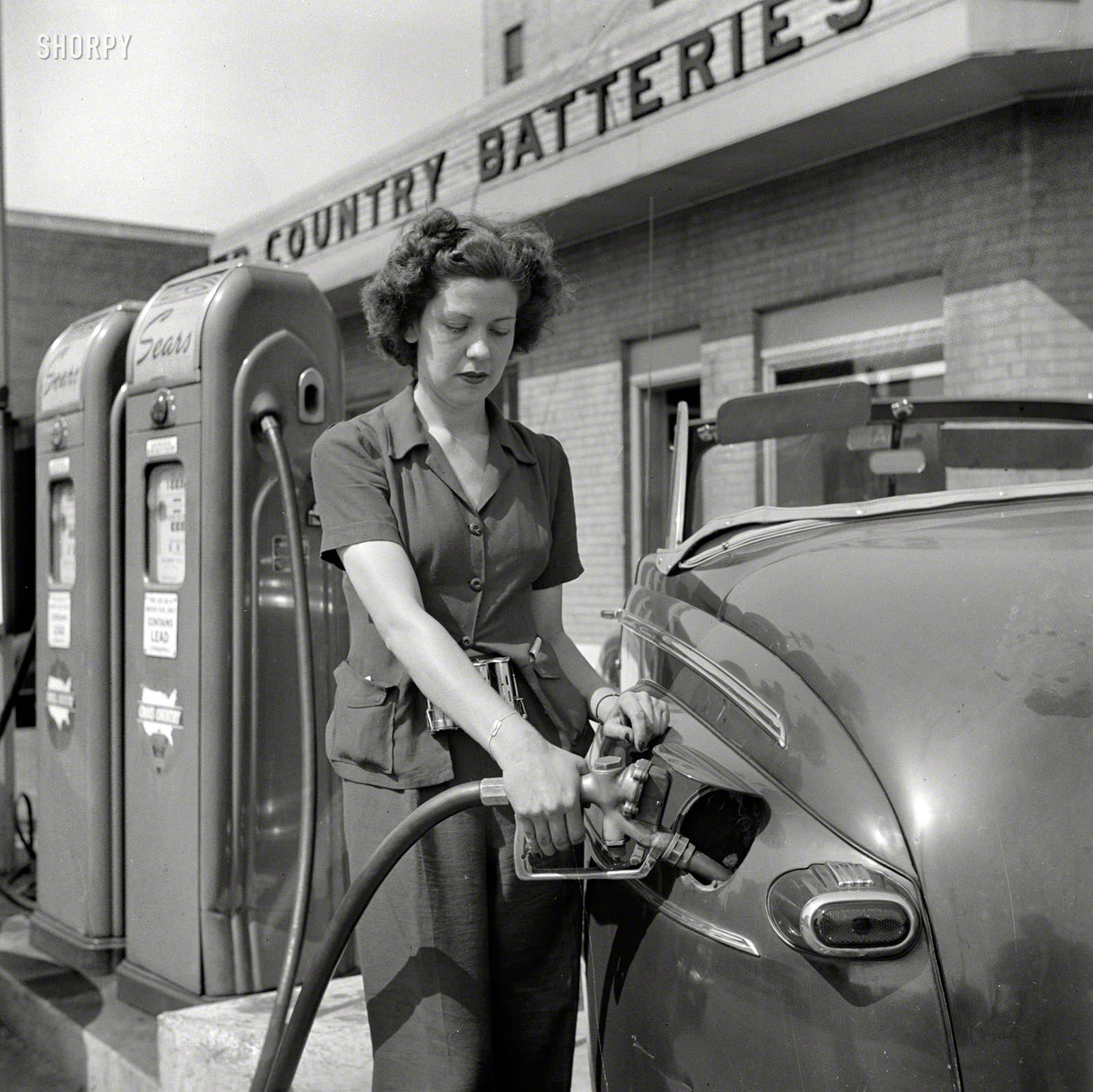
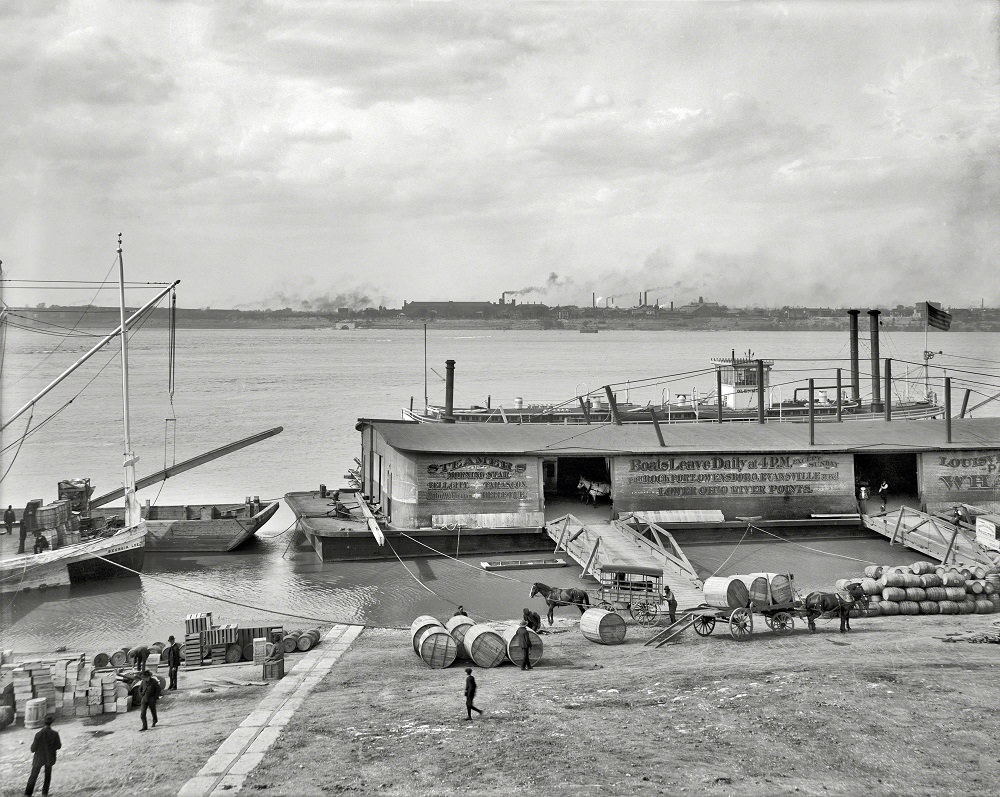
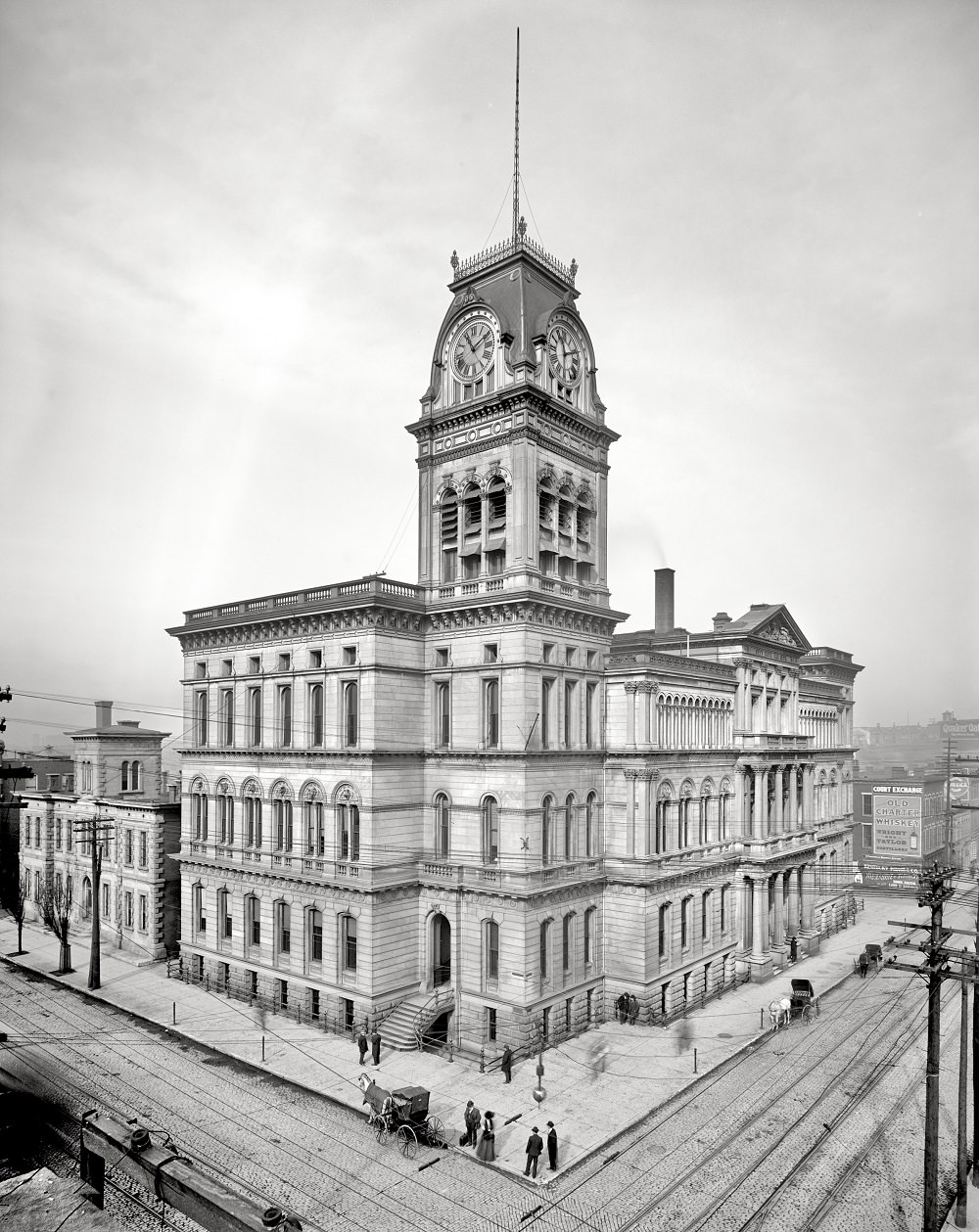
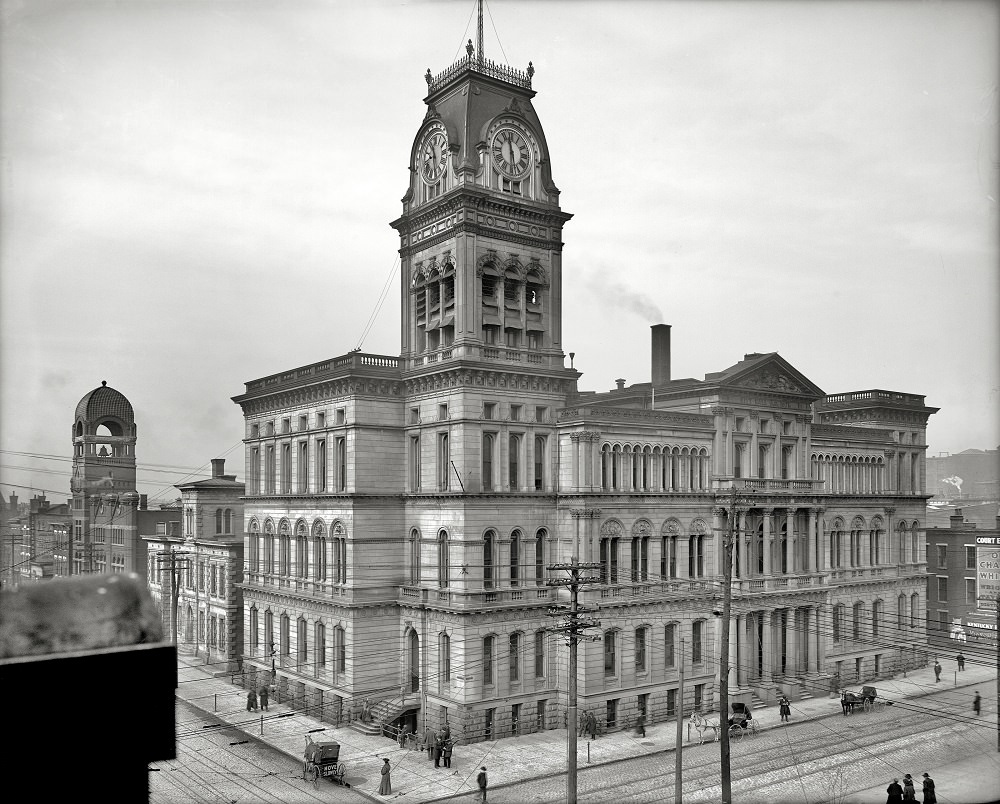
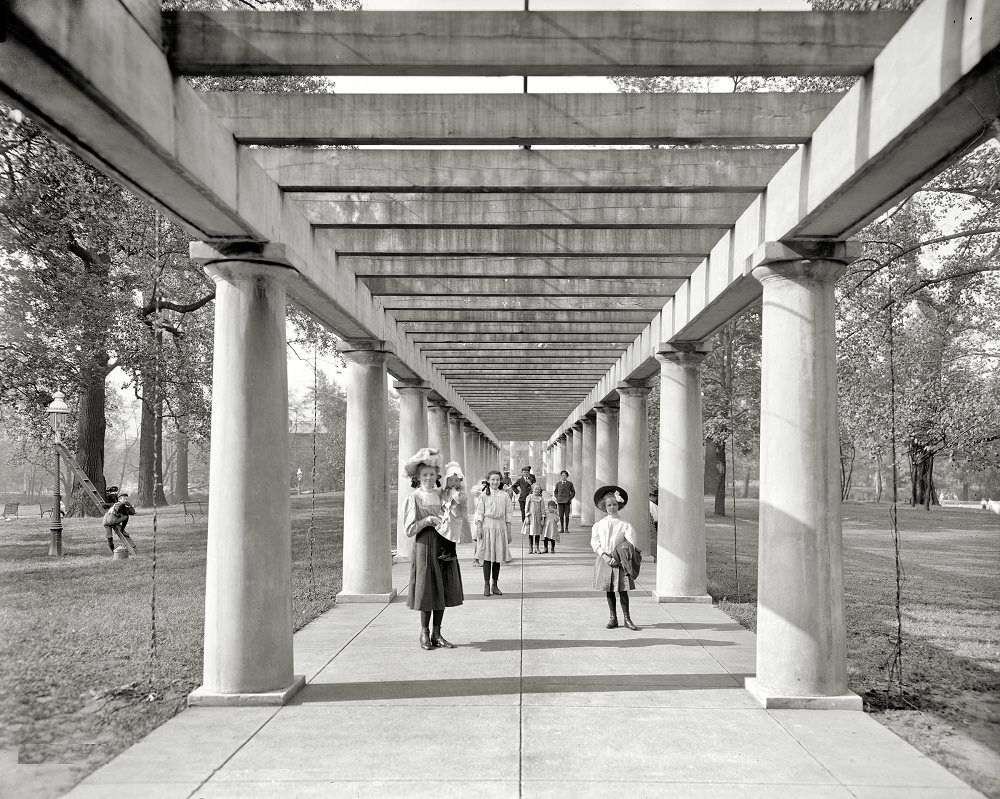

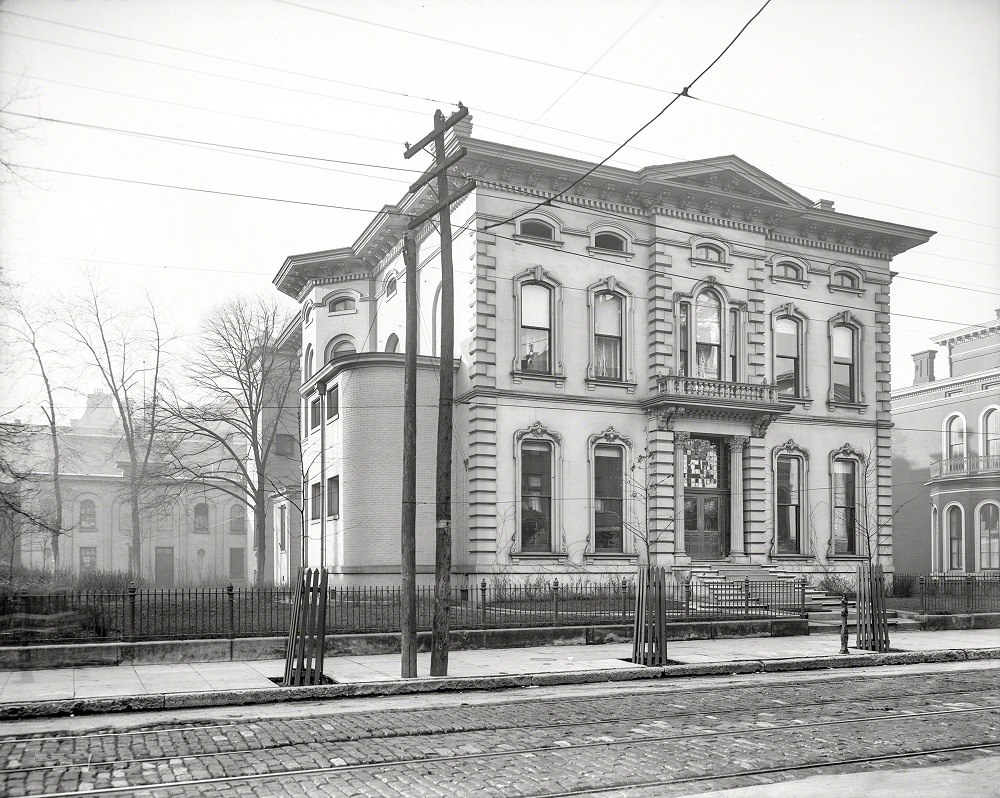


I wish that the trolleys could return.
I understand and agree.
Same. The trolley system was once magnificent until a revolt against the trolley barons brought it to an end.
Is that drugs sign still there. Looks so familiar
These photos evoke a sense of frustration within me. The downtown area, as depicted in images #2 and #29, was far more captivating, vibrant, and desirable a hundred years ago than it is today. It’s hard to comprehend the choices the city made to systematically dismantle itself in the subsequent decades.
Downtown Louisville was killed by urban sprawl.
To provide some context, the large number of horses in the streets made for a public health hazard.
Personally, I’m more concerned about and saddened by the loss of the frequent, efficient public transportation provided by trams and streetcars that made the city a desirable place to live. While I don’t necessarily advocate for the return of horses to the streets, it’s worth noting that between 700-800 Kentuckians are killed by cars each year, which suggests that the replacement of equine travel with personal motorized vehicles has not necessarily improved the public health hazard angle.
I wholeheartedly agree with your sentiments regarding the trolleys. I’ve personally been advocating for the addition of light rail to the city since moving here, and prior to that, I was in favor of light rail between Louisville and Elizabethtown.
It’s remarkable to see what Louisville had in terms of public transportation back in 1906 and 1937. At that time, you could travel to downtown from a range of locations such as Prospect, Jeffersontown, Peewee Valley, Okolona, Iroquois, Valley Station, Riverview, and Shawnee. It’s unbelievable that we discarded such a comprehensive network in favor of parking lots. It’s disheartening how many people see even a single line of public transportation as a far-fetched idea when the city had already accomplished so much over a century ago.
The Mengals, who owned the mahogany business, are the grandparents of my mother-in-law. They initially built car bodies using the wood and later moved into the furniture business. They even constructed a commercial ship, making for an intriguing history. Their house is located beside the Filson Club’s house in Old Louisville.
Makes me feel old when they say ” from the 20th century ” , LOL !
What makes these photos rare?